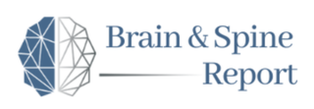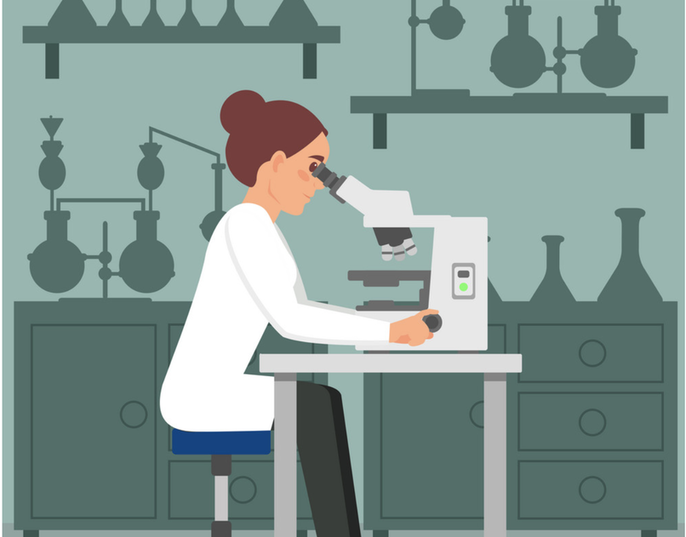|
A guide for dealing with challenges that inevitably arise during a dedicated research year. “Success is not final, failure is not fatal: it is the courage to continue that counts” wrote Winston Churchill. The relevance and meaning of this quote is important to recognize and understand when signing up for a research year. The purpose of your research year is to exhibit productivity. However, this becomes tricky when choosing one involving basic science. Let’s begin with finding a mentor, then discuss navigating a clinical research year, and ultimately conclude with focusing on overcoming research fatigue throughout the high risk, high reward option of translational basic science research. Introduction A little about myself: I am a 4th year medical student who began my neurosurgery journey by delving into research. I wanted to contribute to clinical care in any way I could and research was a great and direct way to do so. I eventually transitioned into becoming a neurology applicant because of my basic science research year. My interests shifted to wanting to focus my career on novel drug therapies and translating them into clinical practice, whether it be neuro-oncology, headaches, or endovascular. Initially, I engaged solely in clinical research, but subsequently realized that I wanted to dedicate a whole research year to learning the ins and outs of the ‘bench’ aspect in the ‘bench to bedside’ approach. When making this decision I was unaware of the frequency at which basic science experiments fail and how mentally exhausting this could be. It was one of the most taxing years of my life, but I wouldn’t have had it any other way. For this very reason, I think it is crucial medical students understand how to navigate the pitfalls of a research year, especially when choosing the basic science path. Finding Mentors Email, email, email! First off, determine your own interests as every specialty is broad and has its own subspecialties. I began looking for mentors the summer before my freshman year of college to try to build long term relationships. Just like any relationship, it may not be long lasting and that’s okay. You may not click with everyone you work with even if you happen to share interests. I’ve had mentors who initially turned me down during my undergraduate years and told me that I needed to go study and not focus on research. I refused and the rest was history. Arrange to meet with your mentor/advisor to discuss your goals. From there, start writing. Clinical Research Year Deciding on participating in clinical research is a great option for the year. Alternatively, writing clinical papers can be done while doing a basic science year. The failures of clinical research really stem from making sure your ducks are in a row. This means, writing a draft as soon as possible, reading it over, formatting it, and sending it to the senior author for approval. It could easily get lost in emails, so waiting for edits to come back to you is not the answer. Remind your mentor, get co-authors involved, and make sure everyone approves your work. The key here is to keep editing and reminding the co-authors of the end goal, which is to submit. I improved my publication count from 0 to a combined total of 80 papers, chapters, and abstracts by my second year of medical school by just “bothering” people in a respectful way. It works! A clinical research year gives you the opportunity to increase your numbers by a lot if you maintain a state of flow where you are keeping every paper you committed to active and moving. If there is stagnation or a hold up, make sure you keep that ball rolling even if you have to push it a few times. If a paper gets rejected, your workload will inevitably increase because you must revise, reformat, and resubmit. Although this can be discouraging, there is a home for most papers! Basic Science Research Year Many applicants decide to go the basic science route, which is brave. Committing a year of your life during medical school to enter unknown territory is a different level of commitment to your career as a future physician scientist. You can choose to work in a lab with a PhD or with both a PhD and a physician scientist. Look at the track record of publications before joining and see if the physician in the lab can also help mentor you in your desired specialty. If there’s no physician, connect with the clinical department at the affiliated hospital to do clinical research. Do this from Day 1 if you need paperwork. Now, you’ve joined a lab. Congratulations and welcome to a special, and at times difficult, journey in research. Imagine you are in your first lab meeting after completing a lengthy in vivo and in vitro experiment with negative results. Mouse experiments are a lot of work. They require daily if not hourly monitoring, intervention, and care. In vitro experiments are delicate. If the dilution of the drug is not precise, your assay can show wacky results. Don’t assume you will get everything down in the first few weeks, especially if possessing no prior basic science experience. Calculations must be paid attention to. Animal work techniques must be perfected with ethical care towards the subject. You present your negative results and are asked to repeat everything, only to get negative results again. At this point, you start to doubt yourself and why you even did this year. Don’t doubt yourself, failure is not fatal! Take a step back. Reflect and see what you did wrong. If nothing, reevaluate the question of the project as a whole. Do a literature search on similar projects to see what you can modify. For instance, halfway into my year, I went from a radiosensitization to a chemosensitization focus. Nonetheless, failure is still painful, especially when you start coming into the lab on weekends and ruminating on your drive home about what you can do to improve. Here’s the best way to overcome research year fatigue: Remember why you’re becoming a doctor, why you’re here in this lab (just to strengthen your application is the wrong answer). If that’s your only answer, then failure will get to you quickly and it won’t be pretty. You know you’re on this journey to improve patient care and to develop new advancements for your patients. This is precisely what got me through the halfway point of my research year fatigue. You’re three-fourths done with your research year and you’ve got great in vitro results. However, that’s not enough for a paper, which ideally, is the end goal. At this point, you reflect on your in vivo techniques, practice on the weekends with mice designated for practice, and think before you act. Every step of every animal experiment is so crucial because you don’t want to doubt yourself in the end. Sounds like medicine right? You’re probably thinking, “Will this story have a happy ending?” and, it depends. The reality is that you may not get enough positive results for a paper. My experiments worked out in my last month after a plethora of failed attempts. In times of failure, I still knew I had clinical research to fall back on, which is why you should simultaneously be doing this as well during the year. If your experiment didn’t work out, that’s okay; you have an enormous growth experience to talk about and can tell a story about your findings. Unfortunately, basic science researchers are not as inclined to publish negative findings as are clinicians reporting negative findings from clinical trials. You should tie your basic science research into your clinical research and tell a story about yourself. Perseverance during such a taxing year really stands out because it shows your commitment to not giving up on patients and your work. If your experiments worked out, congratulations! You contributed to science and medicine. Either way, by doing a basic science research year, you succeeded by not letting mental games, discouragement, and hiccups get in the way. Rising from failure is the most important lesson you will learn during the year. Your experiment might not have worked out because you forgot a step and had to tell your mentor in humiliation. The next day, you come in and you get back at it because we are here for our patients and the future of medical science. It is a difficult journey but don’t forget, it’s YOU who has to keep telling yourself, “failure is not fatal”. I wish you success on your academic endeavors and look forward to many collaborations. AuthorJulia R. Schneider, BS Brain & Spine Report is a product of the Brain and Spine Group, Inc. and the statements made in this publication are the authors’ and do not imply endorsement by any other group. The material on this site is for informational purposes only and is not medical advice. Unauthorized reproduction is prohibited. Categories All Comments are closed.
|
Categories
All
Archives
October 2023
|





6/25/2020